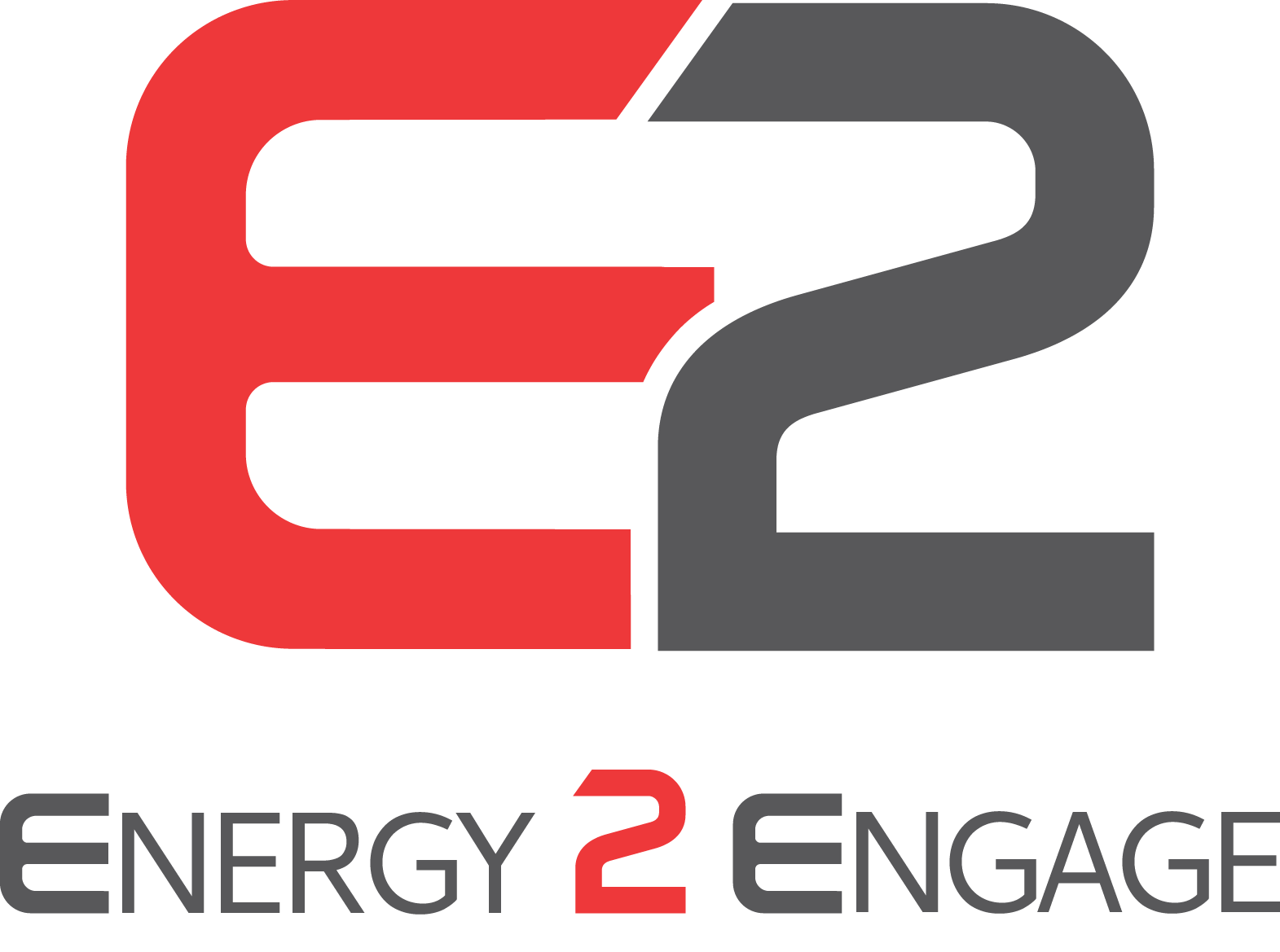Have you ever seen the same business phrase come up again and again, no matter what you are looking at or who you are talking to?
One of those phrases you may hear around companies needing help with employee retention is: disengagement.
“Only 13% of employees are engaged worldwide” –Gallup
You may have read alarming statistics like the one above or even ventured into case studies or white papers on the subject. Even if you aren’t out there looking for the information, articles like ‘What's the Difference between Disengaged and Unengaged Employees?’ or ‘How to Speak the 5 Languages of Appreciation in the Workplace' get delivered to your inbox everyday.
Point being, disengagement is a hot topic. Disengagement leads to negative impacts in terms of productivity, company culture, employee happiness and overall profitability for your company. No wonder everyone from HR to top management to the ground level employees have an overwhelming feeling of concern.
It is time for companies to discover their employees are truly their most valuable asset.
“Employees who derive meaning and significance from their work are more than three times as likely to stay with their organizations, reported 1.7 times higher job satisfaction and are 1.4 times more engaged.” – The Energy Project
The Employee Engagement Pyramid
To truly tap into your employees' needs, Jordi Alemany has adapted Dr. Abraham Harold Maslow’s Hierarchy of Needs to create The Employee Engagement Pyramid. The levels of the pyramid provide a great tool to use when trying to decrease disengagement and turn the focus towards employees' needs within your company.
1. Monetary Compensation
We all get it, many people are motivated by money. But, truly it is more about what the money can provide for your employees. It allows them to afford the basic necessities for themselves and for their families. Many executives believe this is the end-all-be-all for their employees, but remember it is important to reflect on all five levels of the pyramid. (So keep reading!)
2. Safety and Stability
This level is all about the employees' ability to see longevity and protection within their current position and the company as a whole. It is important to foster communication throughout your company to create a clear understanding of your organization's mission and strategies moving forward. The more a individual can align with the upper management team and the values behind what they are doing, the more engaged they will feel.
3. Sense of Belonging
Who doesn’t love a great group project? The need to develop positive relationships within the work place is at an all time high! Team assignments, career development opportunities and collaboration efforts are just some of the methods you can use to help create a sense of belonging.
Going back to level number two, it is important to foster communication across common goals and incentives, which will then help produce positive results among these individual opportunities and projects.
4. Love and Esteem
So now how do you bridge the gap between a disengaged employee to a satisfied and engaged employee? On The Spot Recognition Programs, Service Anniversary Programs, or even Strategic Recognition programs are all effective ways to show your teams that you value and appreciate them. Ensure you're communicating and appreciating them in the way that best suits that employee.
Incentive programs are long-term motivational solutions to provide your company with the engagement, revenue and retention boost you need. They help the participant feel acknowledged and respected, while providing them with an opportunity to align their goals with those of the company. During this level, it is also important to remember an employee’s needs come first and what motivates them is what you should be offering as an award.
5. Self-actualization
Lastly, you want to give your employees the opportunity to innovate and create things on their own. Fulfilling your potential as a human being is eminent across all factors of life and is especially important in one’s work life. The bottom line is if an employee doesn’t find opportunity to create and innovate within the company, more than likely they will search for opportunities outside your company for that fulfillment.
Like many well-oiled companies, try and set aside some time for out-of-the-box projects, or allow an employee the opportunity to innovate and complete a project on their own, because you never really know when the next great thing might be created.




.png?width=900&name=CTA%20Rewards%20Program%20%20(2).png)